Omega-3
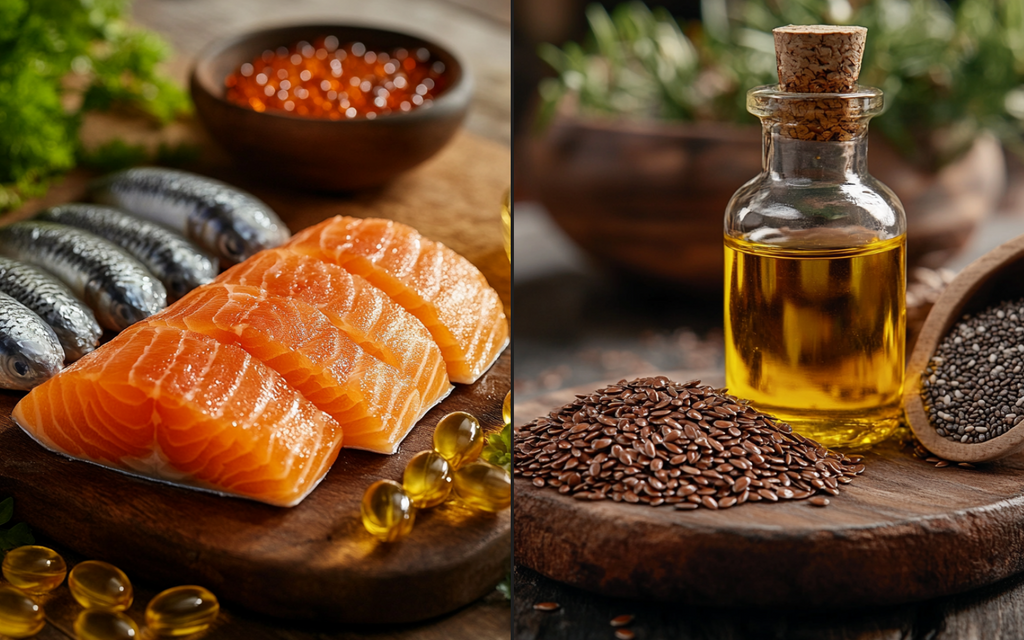
SHALL I TAKE BOTH FISH OIL AND FLAX OIL?
Fish oil and flax oil are popular sources of Omega-3 fatty acids, each offering unique health benefits. This blog explores their complementary roles, specific advantages, and potential downsides of taking both.
Whether you're looking to improve heart health, reduce inflammation, or support brain function, understanding the differences between these oils will help you make an informed decision about your Omega-3 intake.
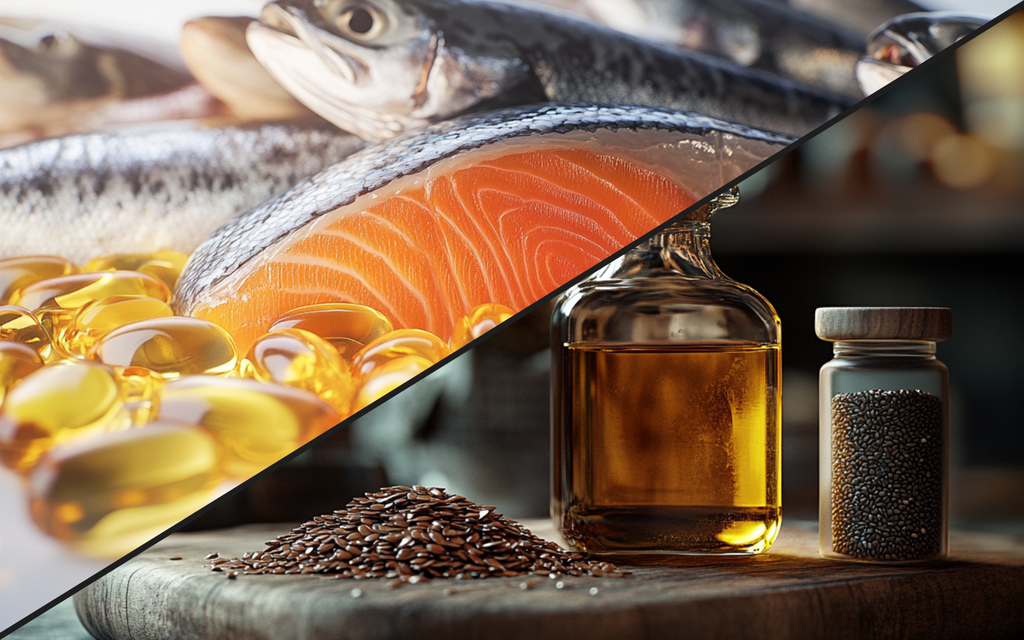
FISH OIL VS FLAX OIL: Comparing Benefits, Sources, and Best Uses

HOW HIGH QUALITY EPA AND DHA OMEGA-3 SUPPLEMENTS ARE MADE

WHY NORWEGIAN FISH OIL IS THE BEST?: Purity, Sustainability & Quality
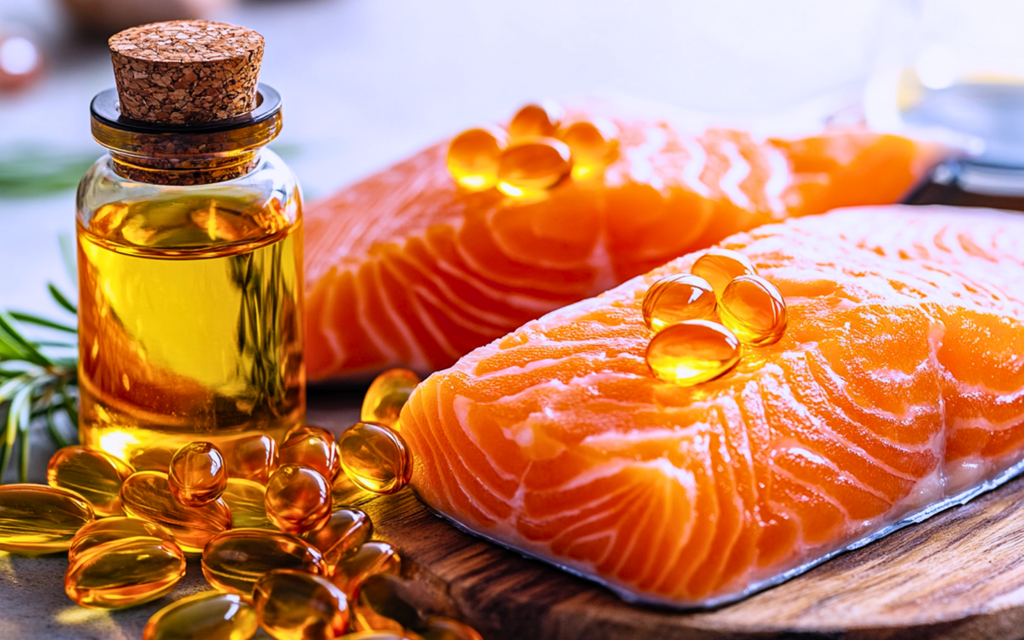
Common Issues with Fish Oil Supplements: What You Need to Know
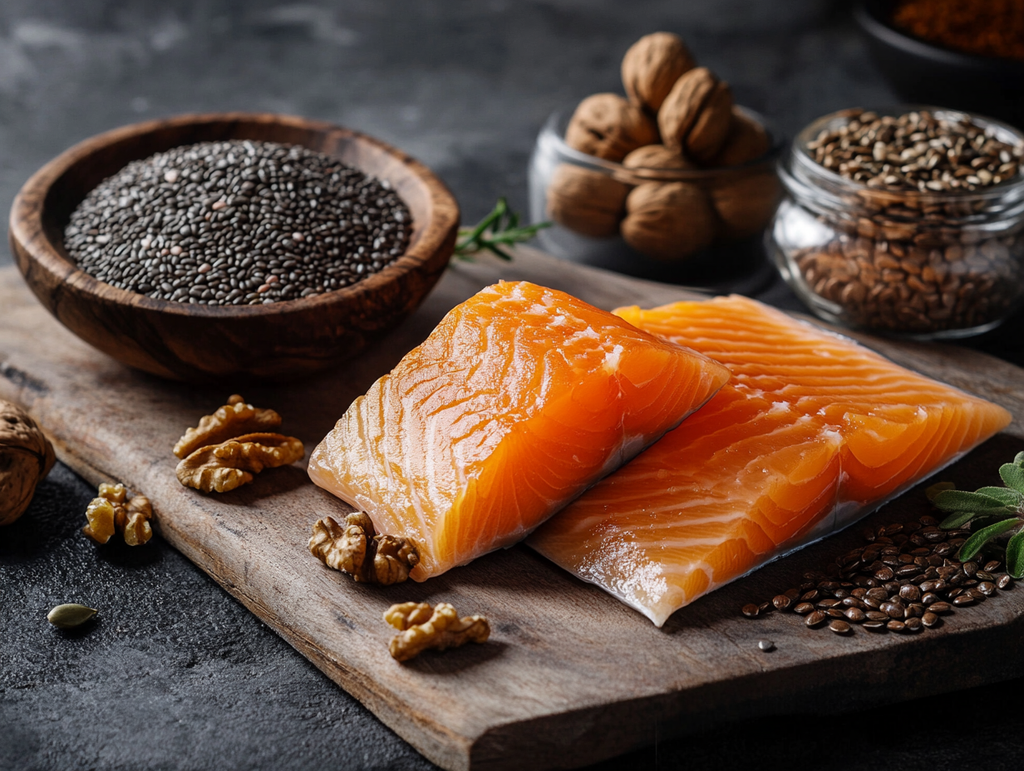
WHAT ARE THE COMMON FOOD SOURCES OF OMEGA-3
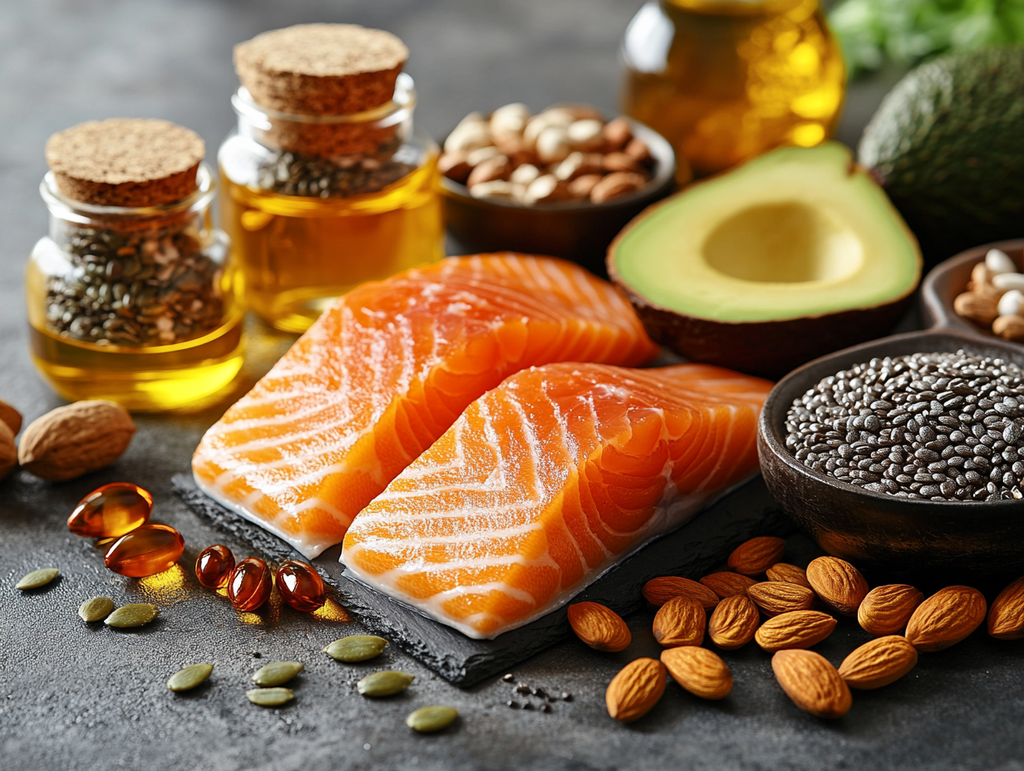
WHAT IS OMEGA-3 AND ITS HEALTH BENEFITS
Omega-3 fatty acids are essential nutrients that play a crucial role in heart, brain, and eye health. This blog explores the different types of Omega-3s — ALA, EPA, and DHA — their powerful health benefits, and the best dietary sources, from fatty fish to plant-based seeds.
Learn why many people may not get enough Omega-3s from their diet alone and why quality supplementation might be necessary. Discover practical tips for maintaining the right balance of Omega-3, Omega-6, and Omega-9 in your diet to support overall well-being

